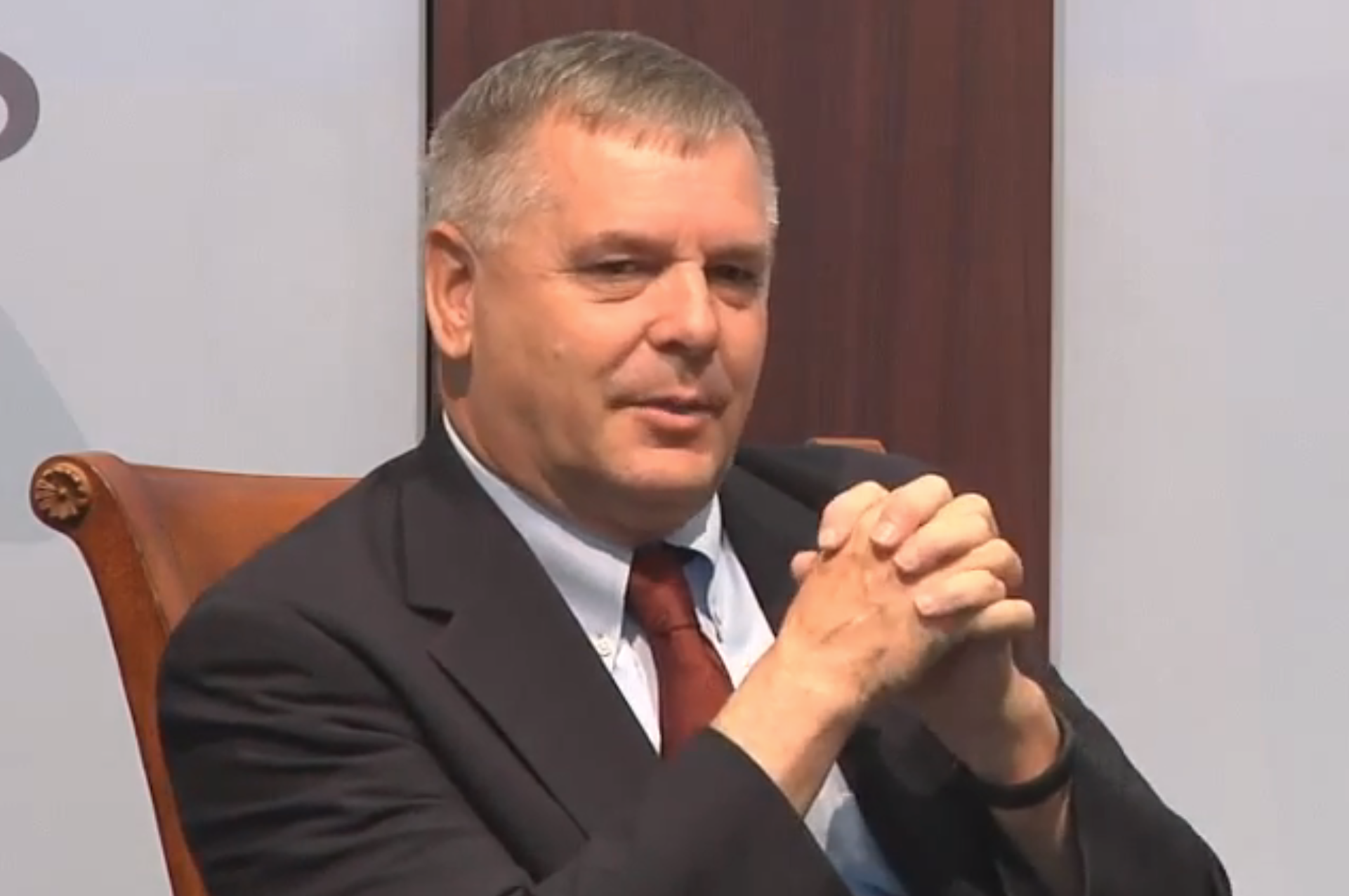
Former VCJCS James Cartwright: U.S. Risks Obsolesce in Future Space Programs Without More Adaptation
The U.S. needs to rethink how it develops its future space assets from less purpose built platforms to more adaptive…
Copyright 2024 U.S. Naval Institute. All Rights Reserved.